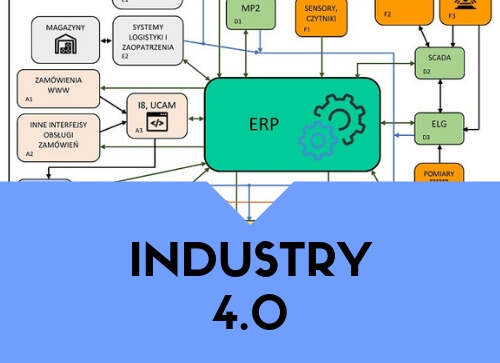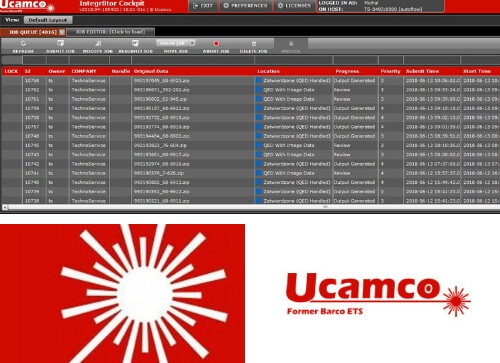IPC circuit classes
17.11.2016
.jpg)
According to the IPC-A-600 document, there are three general classes of final products. The purpose of this classification was to identify the following differences:
- manufacture process
- technological advancement
- operational reliability requirements depending on the board purpose.
In addition, this document defines three levels of quality:
- target condition – in many cases it is close to perfect. While this is the desired condition, it is not always achievable and may not be necessary to ensure the reliability of the board in its service environment;
- acceptable condition – indicates that the condition depicted, while not necessarily perfect, will maintain the integrity and reliability of the board in its service environment; it may be considered a specific minimum that must be met by the printed circuit;
- nonconforming condition – indicates that the condition depicted maybe insufficient to ensure the reliability of the board in its service environment.
The conditions and classes described in IPC-A-600 are intended to represent typical industrial practices. They characterise, clarify and simplify eligibility qualification.
The class with the lowest requirements is Class 1 – general electronic products, consumer products – toys, simple devices and household appliances, and some computer and computer peripherals with limited lifetimes, where the only requirement is a functioning and completed printed board.
A class with higher requirements is Class 2 – dedicated service electronic products – communications equipment, some business machines, and instruments where high performance and extended life is required, and for which uninterrupted service is desired but is not critical.
The class with the highest requirements is Class 3 – high reliability electronic products – equipment and products where continued performance or performance on demand is critical, equipment downtime cannot be tolerated, and the equipment must always function when required. A common practice is to assign Class 3 to automotive products, medical equipment and safety equipment.
The product class' determination is the responsibility of the buyer. Whereas the class is accepted by the PCB manufacturer, their duty is to fulfil the admission guidelines contained in the IPC-A-600, IPC6012 and other related documents.
It should be noted that the use of one class for a particular property does not mean that all other characteristics must correspond to the same class. For example, a customer may specify that in completed boards the "spacing between the conductors” should meet the requirements for Class 3 and other features should meet the requirements for Class 2. Ultimately, the customer is responsible for the assignment of the class according to which the product shall be made. Therefore, such a requirement must be formally communicated to the manufacturer and thereby approved. In the event of conflict, the IPC-A-600 document specifies the following order of precedence:
1. Purchase order (containing exceptions to the main drawing, if there are any).
2. Procurement documentation reflecting the customers detailed requirements (e.g. main drawing).
3. Other documents to the extent specified by the customer.
4. The end item performance specification such as the IPC-6010 series when invoked by the customer.
5. This acceptability document (i.e. IPC-A-600).
In regard to qualities and features not included in the above documents, they will be binding only in the case of the formulation by the circuit user and acceptance by the circuit manufacturer (as agreed between user and supplier).
TS PCB manufactures printed circuit boards according to the Class 2 guidelines. On special customer request, Class 3 compliant boards may be manufactured.









